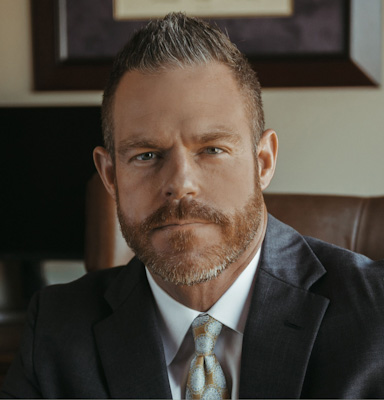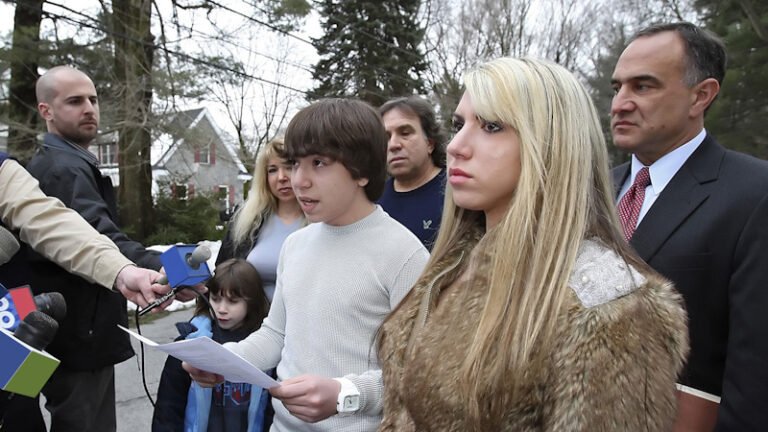As a parent watching Amazon Prime’s Spy High, it’s scary to hear students talk about their school-issued computers’ webcams turning on by themselves.
The documentary explores what happened in 2009 at a suburban Philadelphia high school, including a school accusation that then-student Blake Robbins sold drugs. This accusation was based on a photo taken by his school-issued computer in his bedroom, without his or his parents’ consent.
The laptop in question contained tracking software that was supposed to activate its camera when the computer was reported lost or stolen. But Robbins’ laptop was never reported lost or stolen, and the device captured approximately 400 other images of him. Robbins’ 2010 federal lawsuit catalyzed the documentary’s production.
Some other family’s problem
In the series, students talk about the “first time the green light came on by itself,” in reference to the light illuminating on the school-issued computers when the webcam is active. Some of the then-minors describe thinking it must have simply been a malfunction, brushing it aside.
But as Robbins’ lawsuit gained steam, it garnered national attention and the situation became commonly referred to as “WebcamGate.” There were multiple media interviews with the family’s attorney, Mark Haltzman, and with Blake and his family. According to Haltzman, going to the media was not the plan initially, but “it became necessary because of the spin that the school district wanted to put on” the lawsuit.
What was that spin? The Robbins family was a group of money-hungry individuals with huge personal debts looking to maximize their 15 minutes of fame. It didn’t help that they also had a history of litigation in other circumstances. As the narrative surrounding the lawsuit began to switch, the Robbinses were no longer viewed as heroes willing to stand up to the powers that be; instead, they were being cast as pariahs by the community.
As the public profile grew, Haltzman did what he could to get as many class members for the lawsuit as possible, even going so far as to ask to speak with other students’ parents at a meeting organized to discuss the merits of the litigation. His request was denied, and while one other student, Jalil Hasan, filed a parallel suit and was also represented by Haltzman, it appears no other students joined Robbins’ action.
After all, as one parent put it, the lawsuit effectively asked the parents to sue themselves: they were the taxpayers who would foot the damage. That sentiment, coupled with the notion that the school had invaded only Blake Robbins’ privacy, left the family feeling alone.
Opinions began to change yet again once an investigation revealed the situation wasn’t limited to the 400 images of Blake Robbins. The school district captured approximately 56,000 images of various high school students without their consent. Of the 2,306 issued laptops, 36 captured images of students in their homes without their permission.
But hey, it’s not your problem until it’s your kid, right?
School surveillance
As I mentioned, Spy High discusses only one other student filing suit against the school district initially (Robbins’ sister filed and dismissed more than a year after her brother and Hasan had settled). Perhaps other families didn’t feel betrayed to the same level. Maybe they simply didn’t want to deal with the hassle. After all, the documentary spends quite a bit of time discussing the backlash the Robbins family, and to a lesser extent, the Hasan family, received from the community and others.
Nevertheless, the cases were settled for shockingly low amounts. After attorney’s fees, Robbins netted $175,000; Hasan only came away with $10,000.
The discussion regarding Haltzman and his representation of Robbins and Hasan during the settlement proceedings is insightful. The conversation touches on issues of racial inequality in the school district and how most of the students who had been spied on were students of color. The audience learns about some of the seemingly unfair issues surrounding civil representation, attorney’s fees and settlement disbursements.
But perhaps the most enlightening aspect of Spy High deals with the final episode’s discussion of the ever-evolving use of computers in schools and the monitoring software the schools use.
Noting remote learning in the COVID-19 era, the documentary offers interviews with students who attended school during that time who talk about the reality of living through a screen. Most of these children’s interactions with friends were virtual, and they commonly communicated during remote learning through chat features embedded into the computers they were issued.
The chat features allowed schools to earmark specific terms or phrases they found concerning, leading to many unintended consequences. One Minneapolis student essentially had his sexuality “outed” to his parents; the school’s position was that it was concerned about terminology he used with other classmates. This portion of the documentary piggybacks on an earlier discussion regarding students’ limited privacy rights in the digital age.
Ultimately, one of the gay Minneapolis students went to the Minnesota legislature with his story, and Spy High ends by briefly touching on Minnesota’s Student Data Privacy Act, passed in 2022. The documentary would have served itself much better by spending more time addressing this evolving landscape. Most parents see the need for technology in the classroom. Still, we worry whether our children will be protected and if those attempts at protection will ultimately do more harm than good for their mental health as new standards and practices are developed.

Adam Banner
Adam R. Banner is the founder and lead attorney of the Oklahoma Legal Group, a criminal defense law firm in Oklahoma City. His practice focuses solely on state and federal criminal defense. He represents the accused against allegations of sex crimes, violent crimes, drug crimes and white-collar crimes.
The study of law isn’t for everyone, yet its practice and procedure seem to permeate pop culture at an increasing rate. This column is about the intersection of law and pop culture in an attempt to separate the real from the ridiculous.
This column reflects the opinions of the author and not necessarily the views of the ABA Journal—or the American Bar Association.

